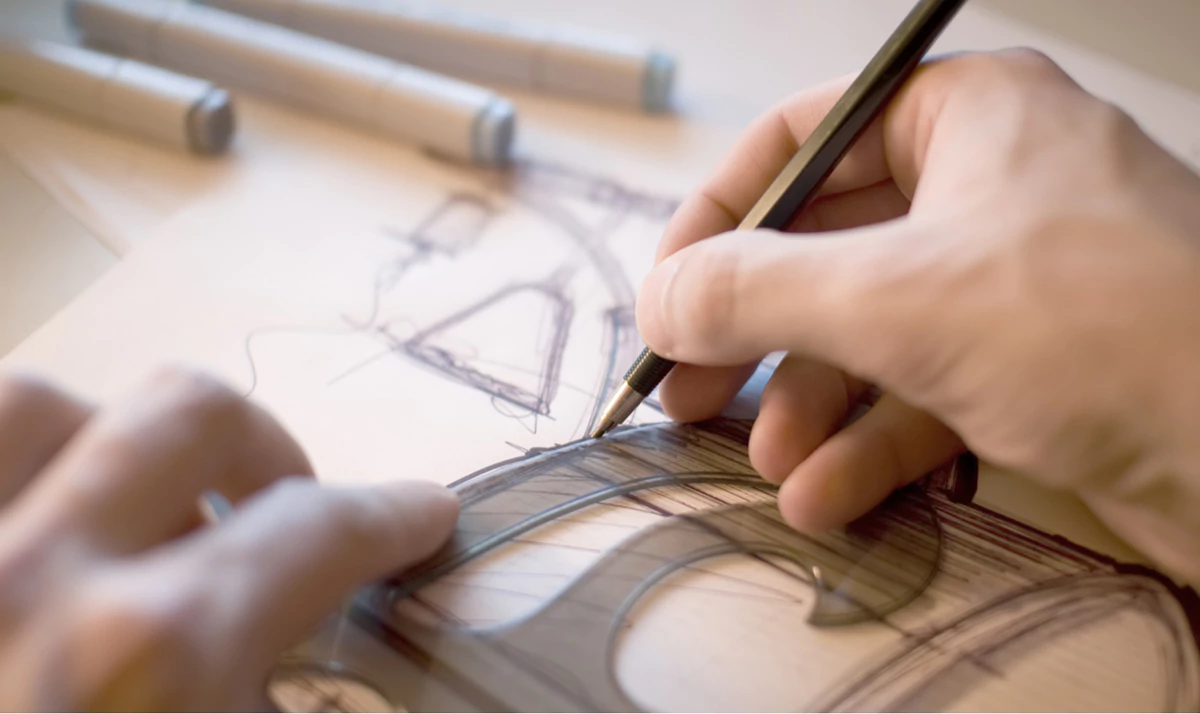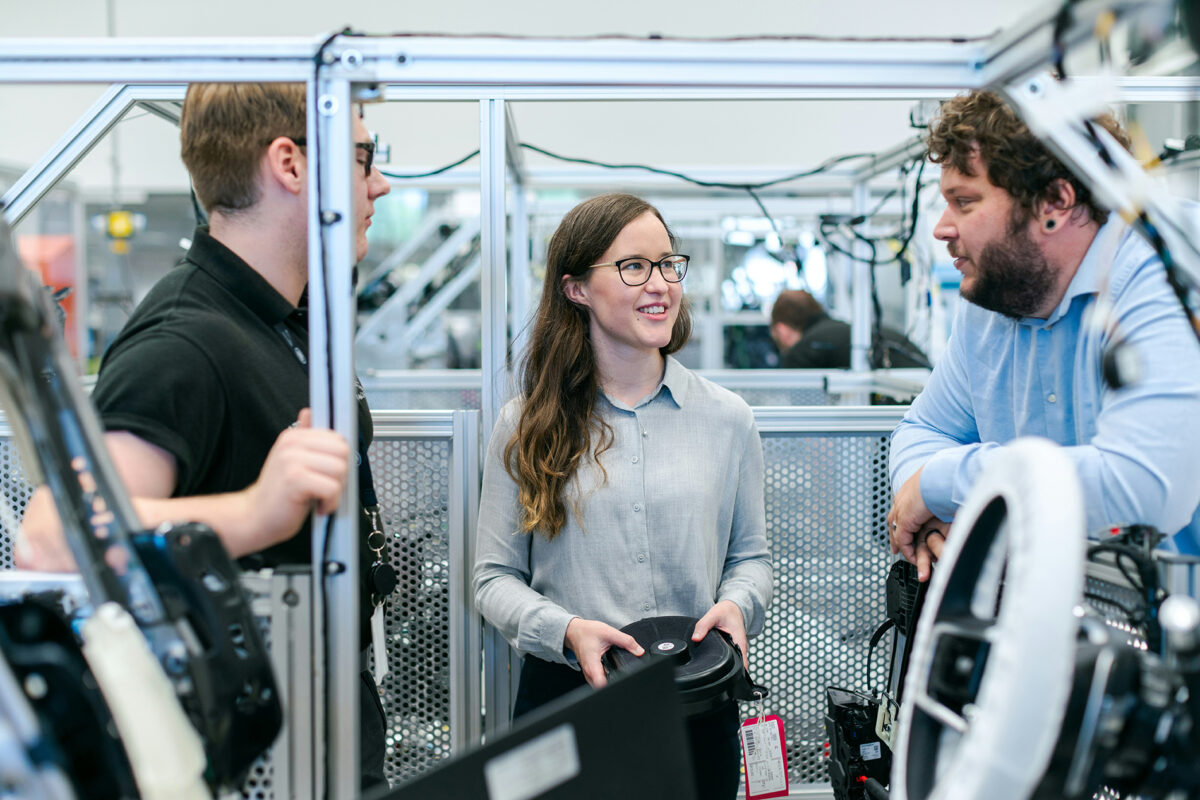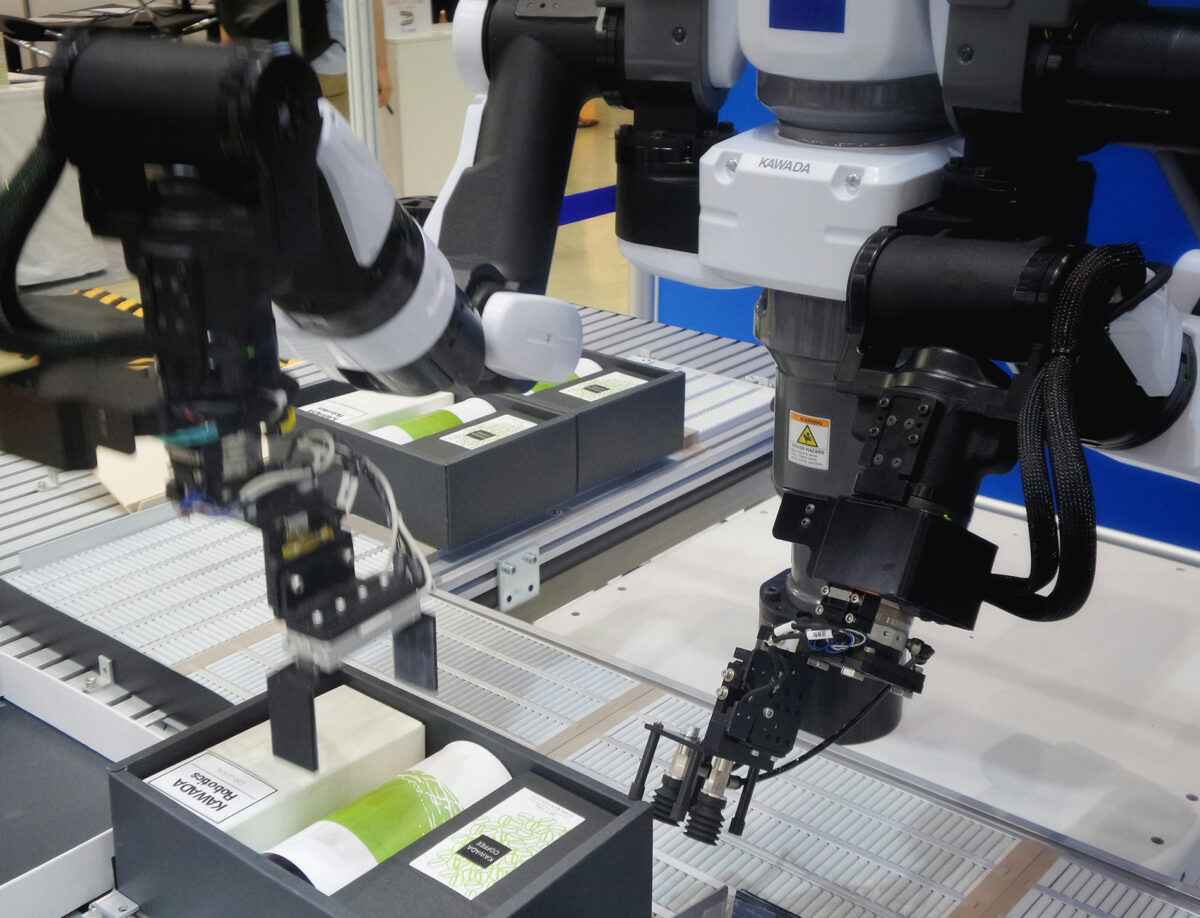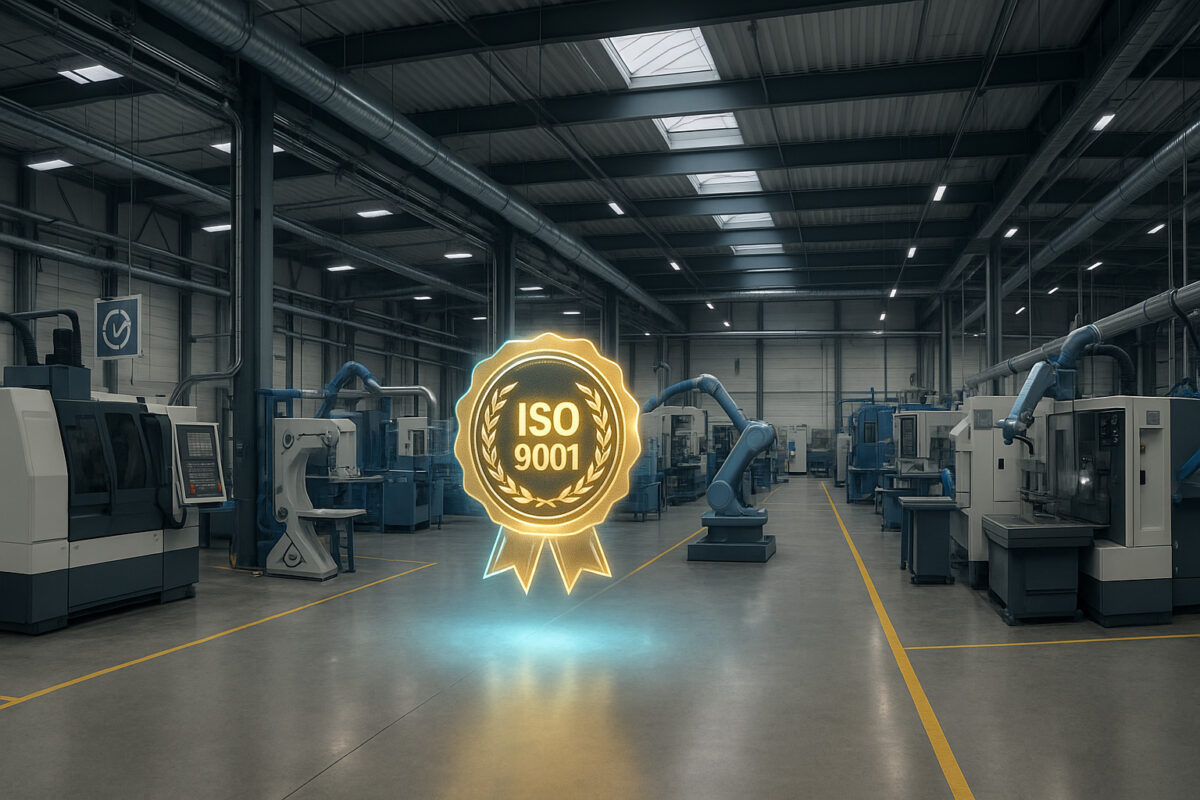
In a dynamic and growing industrial world, product design is not just an idea. There is a list of important learning steps involved in this design, starting from product development and transitioning to the market. The most important phase of this process is product modeling, which means designing a concept and making it more tangible while remaining functional.
Most companies adopt a project management approach, whether to develop a new product or improve an existing one. This method helps ensure technical feasibility, optimize costs, and guarantee quality that meets customer expectations.
Based on available data, this article provides an in-depth look at the design process, exploring the various controlled stages, from digital modeling to mass production.
Understanding the Basics of Product Design and Prototyping
Prototyping is a major step in the development life cycle. Indeed, it serves to validate the technical design, anticipate potential adjustments, and confirm solutions before producing small batches or launching mass production. A prototype is a physical or virtual representation of the final solution proposed by the cycle. Several forms of prototyping can be distinguished:
- Virtual prototyping: this type of prototype is created using computer-aided design and various digital modeling tools.
- Physical prototyping: a physical prototype is made using traditional tools and materials that allow the evaluation of functionality and ergonomics of a tool.
- Thus, it can be observed that each type of prototype plays a significant role in project management and helps engineers and industrial designers refine their solution before considering it for industrialization.
Defining Needs and Objectives
For a given prototype, it is essential to clearly determine the project requirements. In fact, this helps ensure its success by allowing it to be designed in a way that meets market expectations. First, it is usually necessary to conduct a market study to be able to predict future project trends, understand future users’ needs, and anticipate potential technical and commercial issues.
Second, it is important to work on the specifications. This is a document describing the technical specifications, manufacturing constraints, and customer requirements. Moreover, the appropriate choice of materials can be crucial, as they determine not only the characteristics of an innovative product but also its cost and potential for large-scale production. By precisely organizing each step of the product design process, one can be confident that a product will comply with industrial standards. This, in turn, will greatly increase its chances of success during the industrial design and prototyping phase.
Designing the Product and the Prototype
Once the conceptual approach seems settled and technical specifications are defined, the modeling phase takes place. At this stage, the innovative product begins to take shape; then, development teams can explore and test alternatives before industrializing the product. The first step is to use computer-aided design software to create a prototype. Other software will allow engineers or industrial designers to digitize and draw its elements.
This prototype constitutes the first digital representation of the product, and thanks to CAD software, different users will be able to test different shapes, types, and layout variations of the product’s features. The prototyping activity is also part of the design thinking methodology. Following the use of software, rapid prototyping technologies such as 3D printing and CNC machining can create multiple prototypes at once in a much shorter time. Thus, developers will be able to test as many samples as possible during the process. Industrialization of the prototype follows.
Testing and Improving the Prototype
Prototyping goes beyond simply validating the product’s visual appearance. It is also essential to verify the prototype in terms of feasibility, whether technical or functional. Before launching industrial-scale production, robustness, ergonomics, and user interface must be checked through a series of user tests. These tests can reveal shortcomings that need to be addressed to maximize the performance of the functional prototype.
The next step is to gather feedback from user teams and developers to optimize the design and improve production cycles. Each iteration helps refine the unique product, ensuring it complies with industry standards and meets or exceeds expectations. This continuous improvement method plays a key role in ensuring that the final prototype is viable and ready for industrialization.
Moving to Product Manufacturing
Once the final prototype is validated, the project moves to industrialization, which is a major challenge to ensure qualified production that meets market requirements. The first step involves selecting suppliers and industrial partners that meet the technical and economic requirements of the final product. Such a choice ensures the final product’s quality and reduces production costs.
Moreover, the implementation of manufacturing processes should be guided by the product’s characteristics and mass production requirements. Optimizing production lines ensures adequate product manufacturing and reduces costs related to losses and reliability issues of the final product.
Additionally, in specific cases, a small batch production can be carried out before full-scale commercialization. This approach ensures the product’s viability in the market, identifies the best improvements to be made, and anticipates necessary adjustments in case of real-scale production.







